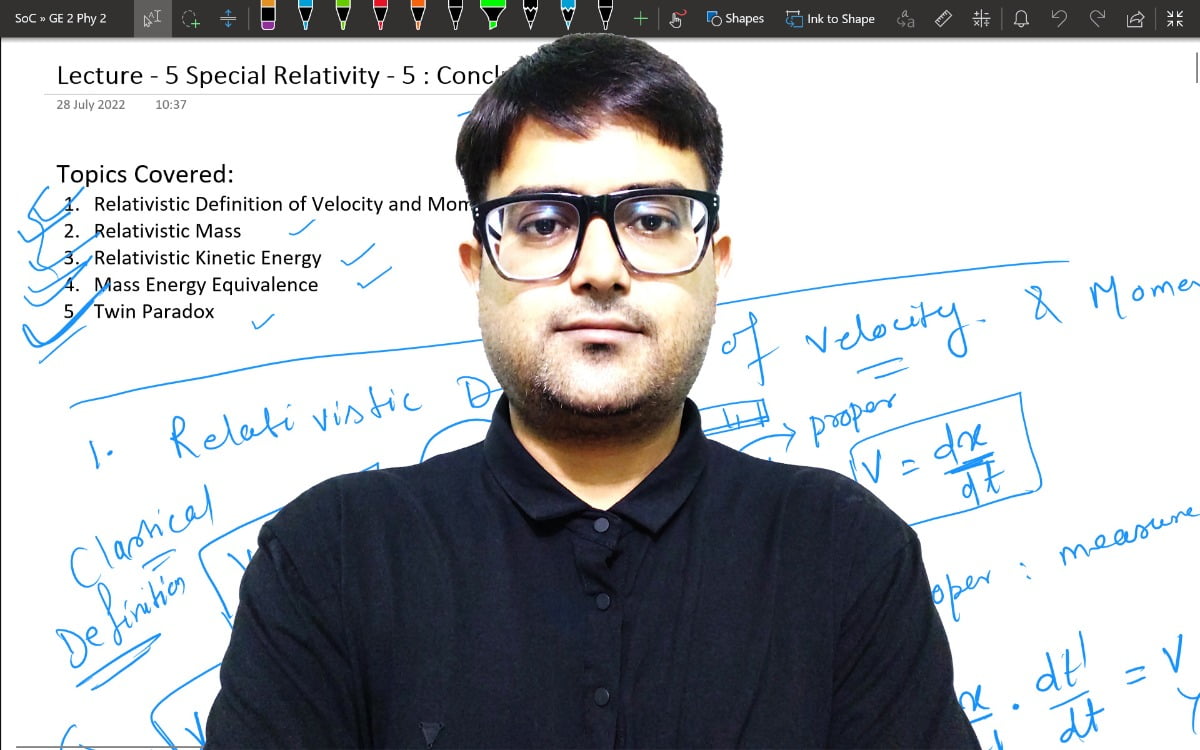“Ad Astra Per Aspera” is a Latin proverb that means “To the Stars through hardship”.
This is a series of articles intended to educate aspiring astronomers about observational and theoretical Astronomy. Our discussion will range from the basic unaided techniques to the frontiers of ongoing Astronomical research which will include fun Mathematics and Physics involved in Astronomy. Advanced technologies and engineering methods prevalent in modern Astronomy will also be covered in the forthcoming articles of this series. A dedicated post shall also look into the various career options related to Astronomy.
Introduction

Have you ever wondered what the sky really is? Have you ever asked why the sky acts like the largest canvas you have ever seen, a canvas that stretches from the horizon to the zenith (the point directly overhead) which consistently carries varying pictures at various times? If you have evolved to have become a human being, you must have. We humans have always wondered at the enormity of the sky. Not just wondered, we have shed our sheer animal instincts and have evolved as humans by relentlessly trying to look at the sky and understand it. No animal other than Humans has acquired the physiological vantage point of the human head that is the best suited to watch the sky. Or should we say, the heavens, as commonly perceived.
So, what is the Sky and where does it those colours that it flaunts?
To aid your imagination to fully grasp the answers, you need to recall all that you have seen of what you think is the sky, such as, a cloudy sky, a sunrise, a sunset, a night sky, a foggy sky, etc. Now take a look at the following image.
Every dot of light you see in this image is a galaxy. This image contains an estimated 10,000 galaxies of which some are as distant as 13 billion lightyears, for example GN-z11 (the oldest and farthest observed galaxy) which is 13.4 billion light years away. So, the light from them has taken almost as long as the age of our universe. And now as we see this image, some of these ultra old galaxies might not even be existing anymore and we can’t know what happened to them because as the universe is expanding faster than light (yes, space-time is expanding and it can expand faster than light can cross the increasing separation).
The Sky is everything that lies above the surface of the Earth. Yes, by the literal definition, Sky contains the atmosphere and the outer space, including all the Sun, the Moon, the planets of our solar system, the asteroids, planetoids, gas, dust, exoplanets, stars, galaxies, dark matter and whatnot. This also answers our other question as to what gives the Sky its various colours. You see, there are unimaginably huge sources of objects and processes in the sky above us that produce the effect we see as colours. Just as the scattering of the white light from the Sun by our atmosphere gives the sky a blue colour when there are no clouds. The same scattering also gives the sky the reddish-orange hue during the sunrise or sunset. The interaction of solar storms carrying high speed electrically charged particles with the Earth’s magnetic field, produces the magical effects we see are aurora. The sky is literally a natural canvas on which nature paints many plays for us to see.
Why and How
Life in the modern era has given us many advantages over those of our ancestors who started as apes. We, today, have so much technology, engineered conveniences, scientific lifestyle, and power over nature, that if a thinking ape sees us, it would be lost in awe. Think about it. As apes, we once used to live in caves and forests, hunting and gathering during days and lying under the sky at night. But today, it hardly matters what time of the day it is. We have virtually acquired the power to turn the day into a night and vice versa. But progress has come at a cost.
To put the why into perspective here is an incident. On a 1994 night, there was a blackout in the city of Los Angeles for a few hours. When the residents did not have artificial lights blocking the night sky, they got scared of the night sky as they were witnessing the view of the sky filled with stars and the edge of the Milky Way galaxy. Although in ideal natural atmospheric conditions the night sky would appear so, these residents had their very first live and direct experience of the celestial beauty to the extent that they got frightened thinking something must be wrong. They called the emergency and the Griffith Observatory to report the night sky.
With the advancement of technology, we humans have been living an increasingly easier lifestyle than before. There is no doubt that from a practically individual’s point of view, life is hard. But when we take the average survival into account, it’s becoming increasingly less demanding effort and attention. Most of us are so much in deep in artificial lights that we hardly notice what’s it like outside for real for days. This may not sound much alarming, but it is actually the worst thing that must be happening to human evolution. Humans were literally carved out of their ancestors by the Sky. The art and skill of recognizing the patterns that exist between the weather, the climate and the seasons and the sky were the intellectual tools that helped humans to grow as a civilization that started producing food instead of hunting and gathering. The understanding of the concept of time is rooted in the sky. Astronomy is the oldest known science and the Sky is the oldest known laboratory known to mankind. When we forget to respect and appreciate the sky, we forget to respect and appreciate ourselves.

When it comes to the how, that is, the questions pertaining to the methods which have been used, are currently being used and will possibly be used in the future of Astronomy, this series, is going to answer such questions over great elaborate lengths in the future episodes. To give a glimpse of all that, we can say that the art and science of Astronomy begin with your mind and your eyes. Yes, the unaided eyes you have and that intelligent mind you are, are all that is needed to start walking the path of becoming an Astronomer. Depending upon what ambitions and what intentions you possess, there would come the requirement of more and more advanced tools and thinking techniques. Rest assured, by the time you take a break and ponder over yourself, you’d be amazed to find the manifold expansion you would have achieved as a human mind.
A Conceptual Glimpse to the Sky
Professionally, Astronomers see the Sky as a celestial sphere. Although we will cover the concept of the celestial sphere in great lengths in the upcoming episodes, let’s just know a little enough to have the feel of it.
The Celestial Sphere (will be used as CS in this series), is an imaginary sphere centred at the centre of the Earth and has an abstract radius, i.e., the radius can be as low as the orbit of a fly to as large as the orbit of the farthest galaxy that can be observed. Although theoretically it can be infinite but to be scientifically realistic, it is the distance to the most distant point of the observable universe which, currently as of December 2018, almost 46.6 billion light-years.
The idea is to obtain the two spatial dimensions of anything that we see in the sky. Barring the distance of the object, as in, the depth of the object into the sky, we can mention the position of the object considering the celestial sphere as a momentary spherical shell. Regarding the depth, we have to use other means which we will discuss later. There are mainly two rectangular coordinate systems used to define the coordinates of objects in the CS, Equatorial and Azimuthal. To understand it better, let’s take a look at the following screenshots of simulation (Stellarium) one by one.
Let’s say that the observer is at a location (mentioned by geographic latitude and longitude), say, in the city of Raipur in the state of Chhattisgarh, India. Now depending upon his location and time of observation there would be a specific configuration of the Sky observable to him. If the observer looks to the North, he will see something similar to this:

Note the star labelled as Polaris. This is commonly called the pole star or as Dhruv in Hindi. Polaris always stays north as it is directly above the North Pole of the Earth, independent of Earth’s west to east rotation. Thus in the Northern hemisphere, the position of Polaris varies depending upon the location of the observer. As the observer walks down from the North Pole toward the equator, Polaris will appear to go down from the point directly overhead (called Zenith) towards the Horizon. At the equator, Polaris will appear near the horizon. Because in our present case the observer is less than 45 degrees of the equator, the pole star appears less than 45 degrees of the horizon. As you may have already guessed it, Polaris never appears in the sky observed from the Southern hemisphere as it stays below the horizon there and we cannot see anything below the horizon as Earth itself, being opaque, blocks the view. That’s why you actually can view a celestial hemisphere and not the entire sphere. In the simulation, however, you can make the Earth as transparent and see the celestial sphere as a whole. Now, how would you express the location of Polaris on the celestial sphere? Using coordinate systems, right? Well, for that now we are going to use the two types of coordinate systems mentioned above, starting with the Equatorial Grid System.
The Equatorial grid is just the projection of the geographical grid we follow in determining the coordinates of a point on Earth, to the celestial sphere. This system is global (independent of the location of the observer on Earth) and it is centred at the centre of the Earth. It has the poles above the geographical North and South poles respectively. So, for our observer in Raipur, this is how the gridded sky looks like:

Note that Polaris in this system appears at the North Pole of the grid and will always appear there no matter where the observer goes on Earth because the grid system is global.
Now let’s turn towards the other coordinate system, the Azimuthal Grid System. This grid system also has the centre at the centre of Earth. But it differs from the Equatorial Grid System in terms of poles. Here, the poles are dependent on the location of the observer. In this system, the point directly above the observer, viz, Zenith is taken as the primary pole. Obviously, the other pole or the secondary pole is diametrically opposite to the Zenith. However, we will only need the primary pole in this system. As you can deduce, when the observer changes his location on Earth, his Zenith will also move with him. Thus this system is not global but rather local. For our observer based in Raipur, this is how the gridded sky appears:

You may also note that these two coordinate systems are interconvertible through a bit of complicated Mathematics which we will learn later. The use of a coordinate system to grid the celestial sphere or Sky as you know it, combined with the calculated depth using Physics and Mathematics, makes it super effective to pinpoint the position of an object and thus its trajectory.
Conclusion
For a better understanding of the series and a better coherence of perception, here is the map of the series. As we move further in the series, we would cover each bullet point and the subpoints therein.
- Overview
- Naked Astronomy (the Astronomy you can do with the unaided eyes)
- Optical Astronomy (the Astronomy you can do with the optical telescopes)
- EM Astronomy (the Astronomy you can do with the electromagnetic radiation coming from the Sky)
- Frontiers of Astronomy (the advanced and possibly future technologies in Astronomy)
- Astronomers (the master Astronomers who we owe our existence to and why)
- Careers (various career options based on Astronomy that you can pursue)
Do you have any questions or doubts about this post? Please ask in the comments below or use the Answers forum.
Know that there is no limit when you are convinced that the sky is the limit. And the only way to the stars is through hardship. Thus the title, ‘Ad Astra Per Aspera’.
Thank You for reading.
Stay in tune with the Cosmos.





